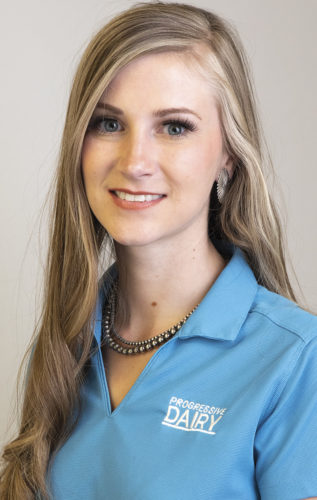Dairying is not easy. As a dairy producer, sometimes you have to play the role of veterinarian, sometimes the accountant and other times the nutritionist. However, it is important to have individuals in your corner and on your team that you can call for expertise who will be there for you when you need them.
Top-producing, top management herds have a lot of differences, but one aspect remains the same. They are not afraid to ask for help and don’t try to be experts in everything. Selecting and bringing together qualified, experienced and well-trained individuals from a variety of disciplines can help with focus, problem-solving and overall management. Above all, it creates a network that can simplify planning and decision-making that enables profitability.
These people make up your farm advisory team. This might include your veterinarian, nutritionist, banker, agronomist, accountant, chemical sales representative, breeding technician, custom harvester, etc.
The point is: Every farm has an advisory body, whether structured or not. Producers can benefit from organizing the group to some degree, if for no other reason than to structure the interaction with these individuals and assist communication between them. This can give them a better feel for the role the others play on the dairy and how to best work with them.
Let’s discuss key strategies for assembling a farm advisory team and keeping those meetings productive, professional and above all, profitable.
To start, one of the most important tactics is selecting the right individuals for the key areas of farm management where the producer may need input. Most dairies have various individuals the owners and managers go to for advice for management and operational matters. Often, this is informal and includes those individuals having some level of input on a daily, weekly or monthly basis.
Relationships between advisers thrive when a farm has scheduled in-person team meetings on a regular basis. While it is up to the producer to decide how often to hold these meetings, generally, quarterly or biannually seem to be effective. Monthly team conference calls with owner and herd manager can also be beneficial to discuss changes or provide expertise on any new challenges.
Meetings should be well planned with plenty of advance notice given to all team members to ensure they can fit these into their schedules. Effective meetings require preparation, expectations and leadership. An agenda is necessary for structure, and each item on the agenda should have an expected outcome. Every member should come prepared having studied all meeting materials and completed all assignments before the meeting.
Communication at each meeting should contain discussion, dialogue, debate and collaboration. Each member should be prepared to address the areas they have been working in and the ideas, thoughts, challenges or successes relating to it. As the farm owner, ask plenty of questions and don’t be afraid to get clarity. While the meetings give each member an opportunity to discuss his or her perspectives as related to their efforts on the farm, it also provides other team members a chance to hear and see things going on they are not as readily experienced with or focused on.
Communicating regularly can help develop relationships and build credibility and trust among team members, which can be very helpful. When lines of communication break down, potential opportunities can get missed. Ultimately, the ones that suffer most when these communication gaps occur are the cows.
The final key to successfully working together is the ability to put the dairy’s needs first. Work together as a team to solve problems and make appropriate adjustments based on one another’s observations on the dairy and individual expertise.
Dairy advisory teams have been shown to be incredible tools for dairy farm businesses. Are you doing everything you can to make your advisory team meetings count?




